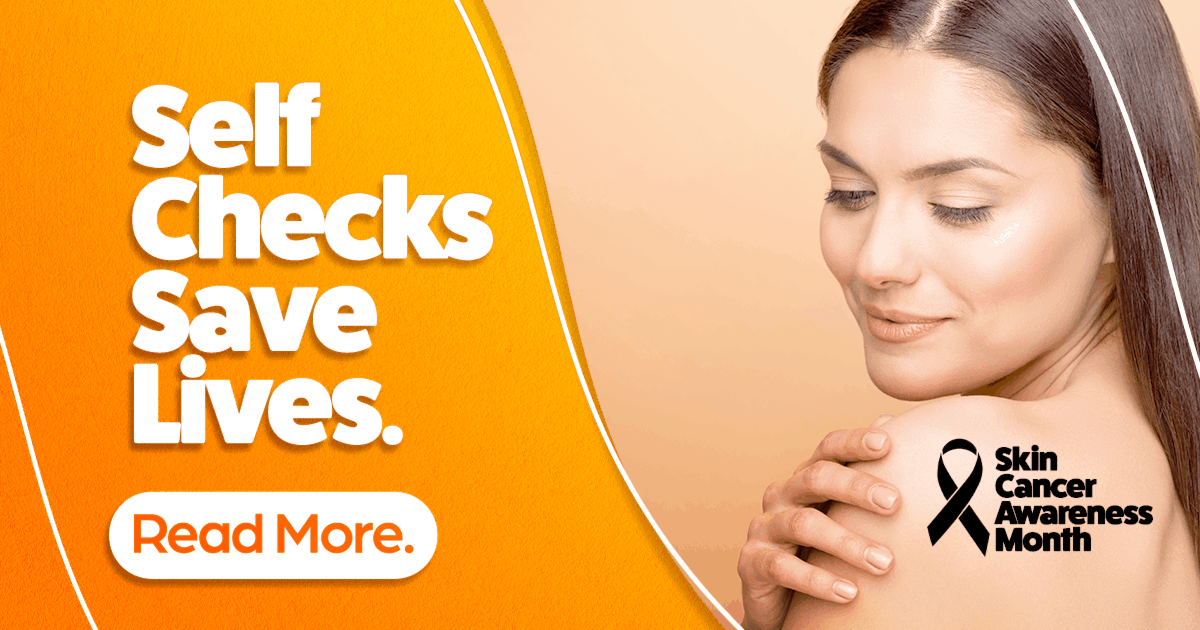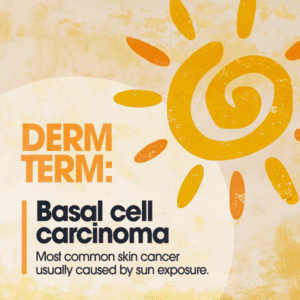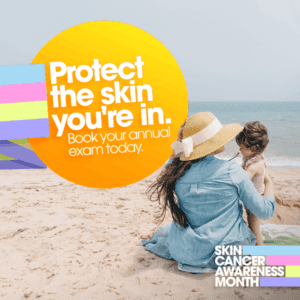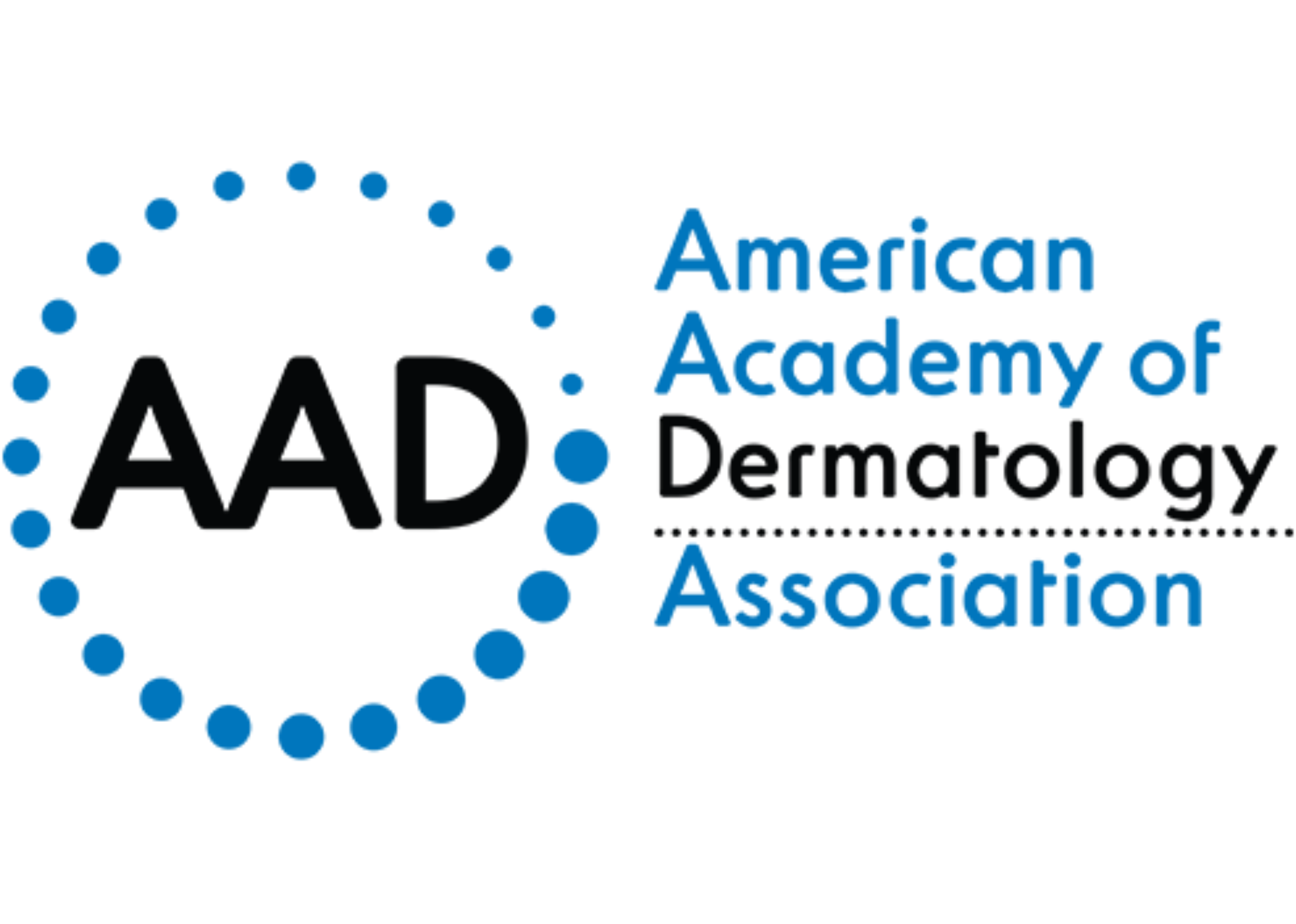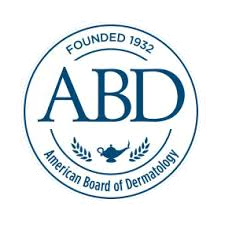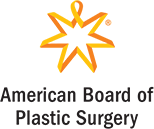May is Skin Cancer Awareness Month. It commences the annual endeavors to create awareness around the dangers of unprotected sun exposure. In addition, communities join together to raise funds towards support lifesaving programs for the over 5 million cases diagnosed each year. Skin cancer is the most prevalent yet preventable form of cancer in America. Learn how to #PracticeSafeSun and that early detection self-checks can save lives.
Practice Safe Sun
The main types of skin cancer are basal cell carcinoma, squamous cell carcinoma, melanoma, and Merkel cell carcinoma. Two leading factors cause skin cancer; the sun’s harmful ultraviolet (UV) rays and the use of UV tanning beds. You can reduce your risk by taking the following precautions:
- Seek shade: The sun’s rays are the strongest between 10 a.m. and 2 p.m. Seek shade when possible.
- Wear sun-protective clothes: Choose lightweight clothing such as long sleeves and pants. Cover your head with a wide-brimmed hat and protect your eyes with UV protective sunglasses.
- Apply sunscreen: Apply a broad-spectrum sunscreen with an SPF of 30 or higher to all skin not covered by clothing. Reapply every two hours and after swimming or sweating.
Find out how you can get involved this May and spread the word about skin cancer here.
Self-Checks for the Skin and the ABCDE’s of Melanoma
Skin cancer is a type of cancer you can visibly see. Yet, all too often, it goes undetected in the early stages. Skin cancer is highly treatable when caught early, so everyone is encouraged to check their skin regularly using the ABCDE’s of melanoma:
- A is for asymmetry– One half of the spot is unlike the other half.
- B is for border– The spot has an irregular, scalloped, or poorly defined border.
- C is for color– The spot has varying colors from one area to the next, such as shades of tan, brown or black, or areas of white, red, or blue.
- D is for diameter– While melanomas are usually greater than 6 millimeters, or about the size of a pencil eraser when diagnosed, they can be smaller.
- E is for Evolving– The spot looks different from the rest or is changing in size, shape, or color.
You should do a head-to-toe self-exam monthly and annual one with your dermatologist.
Experts in Skin Cancer Prevention and Treatment
If you find anything concerning during your self-checks, let your doctor know immediately. If you have been diagnosed with skin cancer or need to be screened, let the experts at Texas Dermatology help. Our team features fellowship-trained Mohs surgeon, Carolyn A. Robinson, DO, FAAD. Mohs surgery is a highly effective treatment for certain types of skin cancer.
Dr. Robinson is a board-certified dermatologist and a member of the American Society for Dermatologic Surgery, and an associate member of the American College of Mohs Surgery. She has extensive experience in diagnosing and treating both benign and malignant skin conditions. Schedule your appointment today by calling us at (210) 728-3919 or through our online scheduler.
References:
https://www.skincancer.org/get-involved/skin-cancer-awareness-month/
https://www.aad.org/public/public-health/awareness-campaigns/practice-safe-sun

